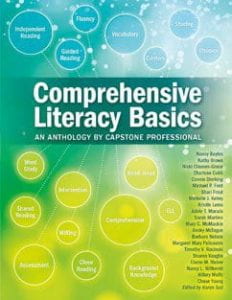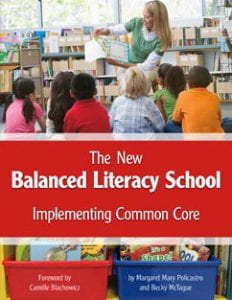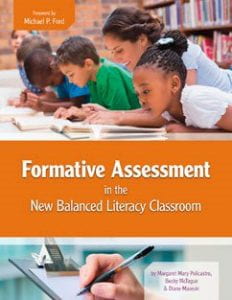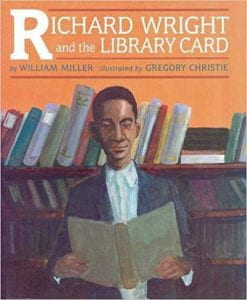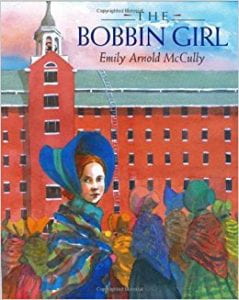By Margaret Mary Policastro, Roosevelt University, Chicago, Illinois
During a classroom book club discussion in our university summer reading clinic, the students we were observing had just moved their chairs into a circle to discuss The WatsonsGo to Birhmingham — 1963 and, even before they were in place, the students were eagerly discussing the book. In this open forum discussion, they were saying “I can’t believe this happened …,” “I was so sad when I read…” and “I thought it was so funny when …” Even class conversation outside of the book club seemed to be connected to the book. For example, “My dad did this funny thing last night, and it reminded me of the Watsons …” The students were eager to share and respond to each other about funny events, sad events, and much more. Parents also commented on how the children were discussing the book at home.
Read more: IRCJ Discourse Corrected
